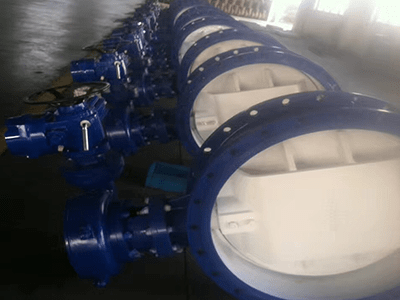Trowels are indispensable tools in various fields, including masonry, gardening, and construction. With their versatile applications, understanding the different types of trowels and their uses can greatly enhance efficiency and effectiveness in both professional and DIY projects. This guide explores the features, benefits, and considerations when using trowels, and how integrating geotextile materials can further optimize your work.
What is a trowel and what are its main types?
A trowel is a hand tool used for various tasks such as spreading, smoothing, and shaping materials. The main types of trowels include:
- Garden Trowel: Ideal for digging, planting, and transplanting in gardening.
- Masonry Trowel: Used for applying and spreading mortar in bricklaying and masonry.
- Tile Trowel: Designed for spreading adhesive and setting tiles.
- Pointing Trowel: Perfect for detailed work such as finishing joints in masonry.
Each type is specialized for particular tasks, making it essential to choose the right trowel based on your specific needs.

How does a trowel compare to similar tools like spatulas or shovels?
While trowels, spatulas, and shovels might appear similar, they serve different purposes:
- Trowel: Offers precision and control for detailed work, such as masonry and gardening.
- Spatula: Used mainly in cooking for spreading or mixing ingredients, with a flexible blade.
- Shovel: Designed for lifting and moving bulk materials like soil or gravel, with a larger blade for heavy-duty tasks.
Trowels are preferred for tasks requiring finesse and accuracy, whereas shovels are better suited for larger, more strenuous jobs.
What are the advantages of using trowels in construction and gardening?
Using trowels in construction and gardening offers several advantages:
- Precision: Trowels provide greater control and accuracy, which is crucial for tasks such as tiling or detailed masonry work.
- Versatility: They can handle a variety of materials and tasks, from mixing mortar to planting seeds.
- Efficiency: Trowels help achieve a smoother finish and better results in both construction and gardening projects.
Incorporating geotextile materials, such as woven or non-woven fabrics, with trowels in construction can enhance the stability and drainage of soil, reducing erosion and improving the overall effectiveness of the project.
How do you maintain and care for your trowels?
Proper maintenance and care extend the life and effectiveness of your trowels. Here are some tips:
- Clean After Use: Rinse off any materials and wipe the trowel clean to prevent buildup and rust.
- Dry Thoroughly: Ensure the trowel is completely dry before storing it to avoid rust and corrosion.
- Sharpen Regularly: For trowels with cutting edges, keep them sharp to maintain performance.
- Store Properly: Store trowels in a dry place, and if possible, hang them up to avoid damage.
Trowels are vital tools in various applications, from gardening to masonry. Understanding the different types, benefits, and maintenance practices ensures you select and use the right trowel for your needs. Integrating geotextile materials can further enhance your projects by improving soil stability and drainage. By choosing the appropriate trowel and maintaining it well, you can achieve better results in your work and extend the tool’s lifespan.
